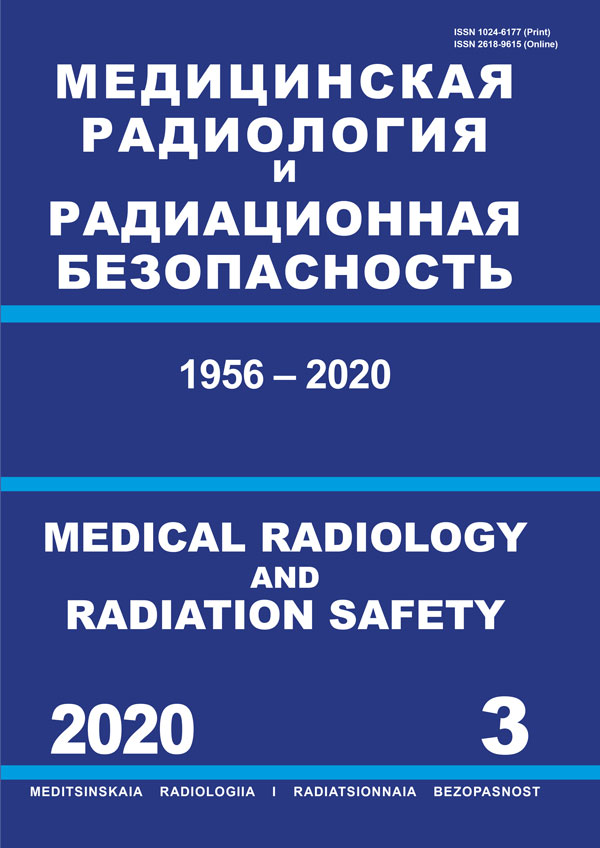Russian Federation
CSCSTI 29.15
The review presents an analytical review of the basic techniques of radiofrequency HT, thermometry, characteristics of some hyperthermic apparatus for locoregional HT (LRHT). All methods of LRHT aim to create a relatively uniform temperature distribution in the tumor in the range of 41–46 °C without overheating the normal tissues. However, this is not always achievable, and especially difficult for deep-seated tumors. This is due to certain limitations or disadvantages of the available hyperthermic systems. Application of LRHT is a complex procedure and therefore hyperthermia treatment remains a privilege for the major cancer clinics. There are only general guidelines for the application of LRHT, standards of treatment are difficult to define due to the inhomogeneous distribution of the electromagnetic (EM) power in organs and tissues (tumors) at different frequencies. Standards of treatment should be developed for each specific device on the basis of experimental and clinical studies. A common problem for all hyperthermia systems is the limited possibility to monitor temperature. A possible solution to this problem is to use magnetic resonance imaging (MRI) or ultrasound (US) for non-invasive thermometry. The application of LRHT to deep-seated tumors is mainly done with capacitive systems, or radiative systems with phased array antennas. The limiting factor in capacitive HT is overheating of the subcutaneous fat (SF). The application of LRHT to superficial tumors is best done with radiative applicators, because this method has the most optimal temperature distribution. The heating pattern of radiative systems in depth depends of the frequency of the used electromagnetic radiation. The superficial temperature can be influenced by a perfused water bolus.
hyperthermia, electromagnetic fields, radio frequency radiation, ultrasonic radiation, laser radiation, thermometry, hyperthermic devices
В онкологии под гипертермией (ГТ) понимают нагрев опухоли в диапазоне 39–46 °С в течение 30–120 мин и более с целью усиления действия лучевой, лекарственной, иммунно- и гормонотерапии опухолей. Режим 39–40 °С с продолжительностью 180 мин и более используется при общей ГТ, 41–46 °С с длительностью 30–120 мин – при локорегионарной ГТ (ЛРГТ). Нагревание опухоли в пределах 46–80 °С называется термотерапией, свыше 80 °С – аблацией, при которых, соответственно, реализуются чисто повреждающий или коагулирующий эффекты высокой температуры.





